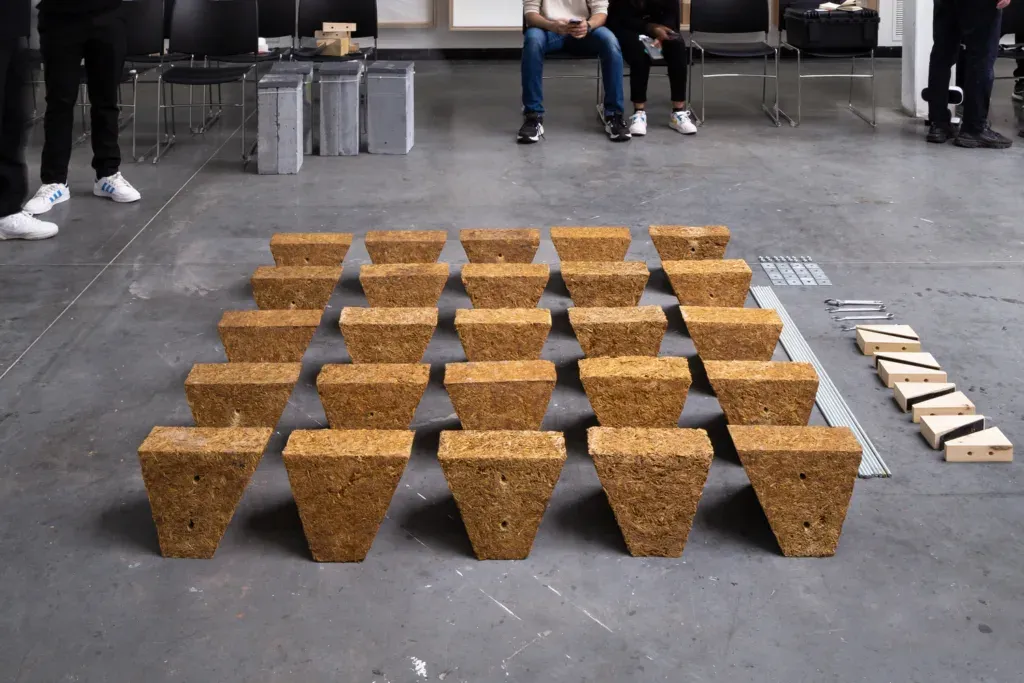In the quest for sustainable construction practices, a groundbreaking study led by Muhammad Bilal Azhar from the Civil Engineering Department at the University of Engineering & Technology, Lahore, Pakistan, has unveiled a promising alternative to conventional binders like cement and lime. Published in the Ain Shams Engineering Journal (translated as The Journal of Ain Shams University), the research introduces bagasse ash (BA), a byproduct of sugarcane processing, as an eco-friendly solution for stabilizing swelling clay subgrades.
The study, which couples laboratory findings with a real-world 5 km field-based case study, marks a significant stride in bridging experimental work and environmental application. By conducting a holistic life cycle assessment (LCA), the research team has translated theoretical advancements into practical environmental accountability. “This approach aligns with circular economy principles and UN sustainability mandates, offering a scalable model for eco-conscious road construction,” Azhar explains.
The novelty of the study lies in its empirical framework, which integrates various analyses such as soil classification, modified compaction, unconfined compressive strength (UCS), triaxial shear, California Bearing Ratio (CBR), consolidation, swell potential, and scanning electron microscopy (SEM). The results are compelling: clay-BA blends optimized at 8% BA showed significant enhancements in elastic modulus, unconfined compressive strength, CBR, cohesion, and friction angle, while reducing the compression index and swell potential considerably.
From a commercial perspective, the implications are substantial. The LCA revealed that the carbon emission/strength ratio decreased from 0.00071 to 0.00027 (kgCO2eq/m3)/kPa, and the cost/strength ratio dropped from 0.035 to 0.018 (USD/m3)/kPa due to the addition of 8% BA in swelling clay. This presents a cost-effective and environmentally friendly alternative to conventional stabilizers. As Azhar notes, “The potential use of BA bio-mass in cost-effective green construction of road subgrade is evident, making it a superior circular and low-carbon stabilizer.”
The study also compared the cost-to-strength ratio of lime stabilization, which stood at 0.032 (USD/m3)/kPa with an LCA of 58.8 kgCO2eq/m3, highlighting the environmental liability of traditional methods. The research not only underscores the viability of BA as a green alternative but also sets a precedent for future developments in sustainable geotechnical practices.
As the construction industry grapples with the need for sustainable solutions, this research offers a beacon of hope. By valorizing agro-industrial waste and reducing reliance on emission-intensive binders, the study paves the way for a greener future in road construction. The findings are a testament to the power of innovative thinking and the potential of circular economy principles in shaping the energy sector’s landscape.

